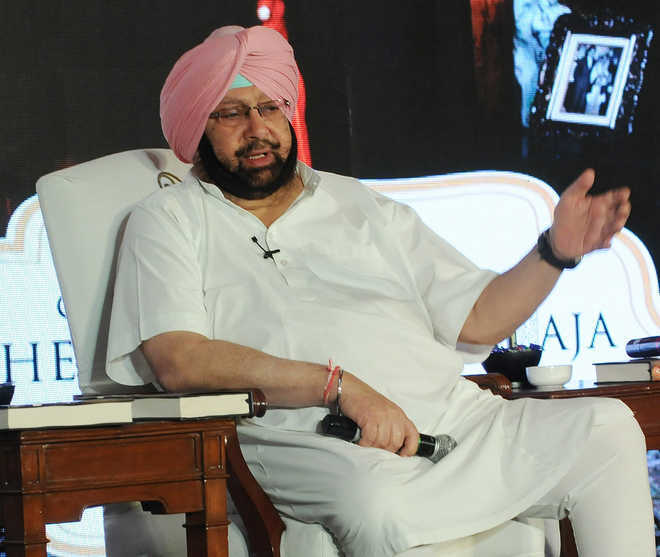
Capt Amarinder Singh. File photo
Chandigarh, December 22
The year 2017 saw Congress storming to power in Punjab and the Amarinder Singh-led dispensation announcing a slew of measures on austerity and ending red tape and the drug menace.Putting up its second best performance after 1992, the Congress won 77 seats in the 117-member Assembly while the SAD-BJP alliance was relegated to third spot with 18 seats.The AAP-LIP grouping secured 22 seats.After guiding the party to victory, 75-year-old Amarinder Singh was sworn-in as the state’s 26th chief minister along with nine ministers, including Navjot Singh Sidhu and Manpreet Singh Badal.The winning streak of the Congress continued during the Gurdaspur Lok Sabha by-election and civic polls.Amarinder Singh claimed “empty coffers” remained the main challenge for his government even as the opposition parties– the SAD, the BJP and the AAP–charged the new regime with reneging on poll promises, including implementation of farm debt waiver and smartphones.The Congress, which promised to end all kinds of mafia in the state, found itself in a tight spot when one of the cabinet ministers Rana Gurjit Singh faced allegations of impropriety in the multi-crore sand mining, forcing Amarinder to set up a one-man commission to probe the charges.Amarinder had also to deal with his bete noire–Rajya Sabha MP Partap Singh Bajwa–who fired a salvo against him alleging that he was “not acting” against some Akali leaders.Though Amarinder downplayed Bajwa’s displeasure saying he had no idea what grudge the MP was nurturing, he was often of the view that he was waiting for evidence to act against those guilty.After assuming charge, Amarinder took over 100 decisions, including announcing the end to VIP culture by deciding to stop use of red and other coloured beacon lights, besides a two-year ban on foreign travel of all ministers.His government also announced the formation of a Special Task Force (STF) under the leadership of ADGP Harpreet Sidhu to tackle the drug menace.Sidhu’s continuation as a celebrity-judge in a TV show also came under cloud during the year. However, Punjab’s Advocate General did not find any conflict of interest between Sidhu’s office as state cabinet minister and his work on television shows.After the Gurdaspur Lok Sabha seat fell vacant following the death of actor and politician Vinod Khanna in April, the Congress put up its senior leader Sunil Jakhar who handed down a crushing defeat to BJP candidate Swaran Salaria from the constituency which was considered a stronghold of the saffron party.The AAP chose to appoint Sangrur MP Bhagwant Mann as chief of its state unit as part of an organisational revamp.But the party faced a setback when former convenor of the state unit Gurpreet Singh Waraich resigned from its primary membership.AAP MLA and noted Supreme Court lawyer HS Phoolka gave up the post of the Leader of Opposition in the Punjab assembly for fighting 1984 anti-Sikh riot cases. Later, the AAP chose Sukhpal Khaira as leader of opposition.However, the firebrand Khaira was summoned by a court in October in a drug case which he termed as “planned political vendetta” against him for raising voice against sand mining.The state also witnessed murders of two Dera Sacha Sauda followers in Khanna, a priest, RSS leader Ravinder Gosain in Ludhiana and Hindu outfit leader Vipan Sharma in Amritsar.In the later part of the year, Punjab Police claimed to have solved targeted killing cases, including the sensational murder of RSS Jagdish Gagneja with the arrest of five accused, including a British national. The state police blamed Pakistan’s spy agency ISI for hatching a conspiracy to destabilise the state.The stubble-burning issue also attained political overtones when Delhi Chief Minister Arvind Kejriwal sought a meeting with Amarinder to discuss it.But Amarinder refused to meet the AAP leader while asking him to refrain from trying to “politicize” such a serious issue and sought intervention of the Centre to resolve crop residue burning problem.On the vexed Sutlej Yamuna Link (SYL) canal issue, Amarinder sought its resolution through negotiations with Haryana even as the opposition party in Haryana INLD vowed to undertake digging of the canal.However, several leaders of the party were stopped from marching into Punjab in February.During his visit to Amritsar in December, London Mayor Sadiq Khan said the British government should apologise for the 1919 Jallianwala Bagh massacre in Amritsar, calling it a tragedy one “must never forget”. PTI












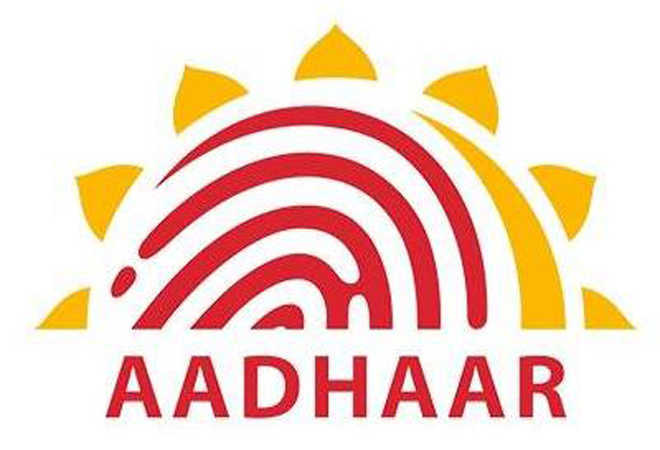
 HT PHOTO
HT PHOTO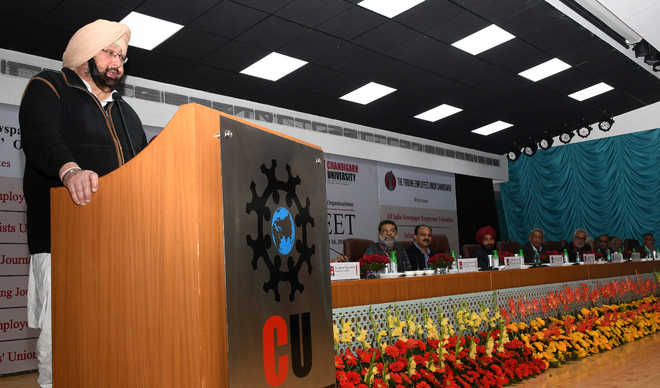
 ANIL DAYAL/HT
ANIL DAYAL/HT






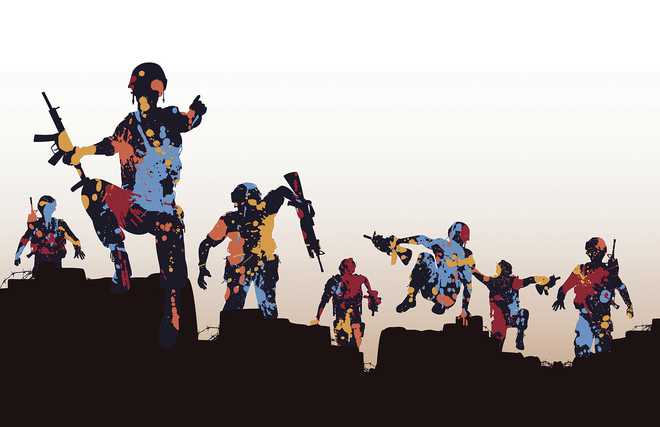
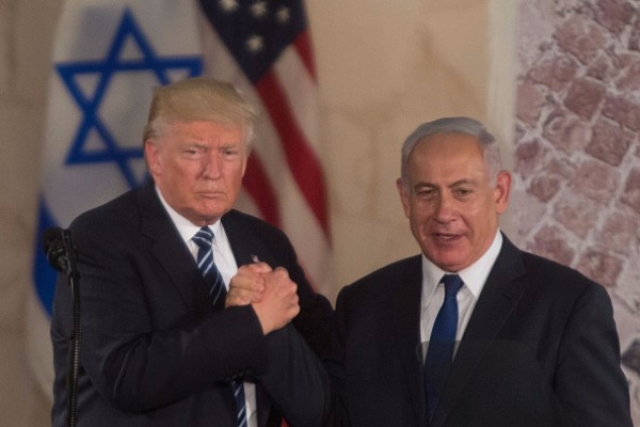
 AFP
AFP
























































